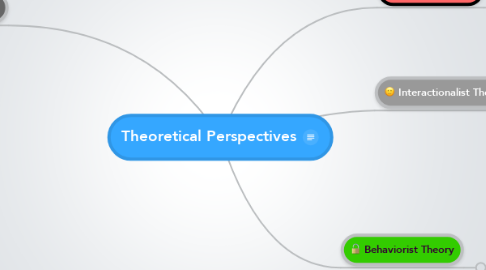Theoretical Perspectives
by Katie Alvarado


1. Cognitive Development
1.1. As the mind develops children are able to visualize ideas in other forms. Jean Piaget explained this through object permanence and the preoperational stage (Otto, 2010 pg 31). What this means is that a child can understand that an object still exists even if it not in front of them leading to the expressions of language through different medias.
2. Behaviorist Theory
2.1. New node
2.1.1. A child Learns from things that are occurring within his or her environment which can include actions leading to a reaction or response (Otto, 2010, pg 32). B. Skinner was the major contributor to this theory. Skinner explained the reaction and response was based on active participation in the learning process which is called operant conditioning (Otto, 2010 pg 32).
3. Nativist Theory
3.1. There are natural born tendencies and characteristics that are present in a child’s mind. Noah Chomsky added that each person has their own potential for obtaining language skills however each person has their own cognitive mind causing differences (Otto, 2010 pg 28)
3.1.1. Drag & Drop and double-click canvas
